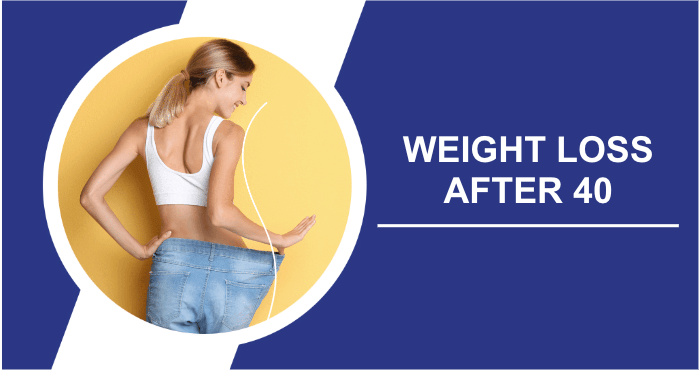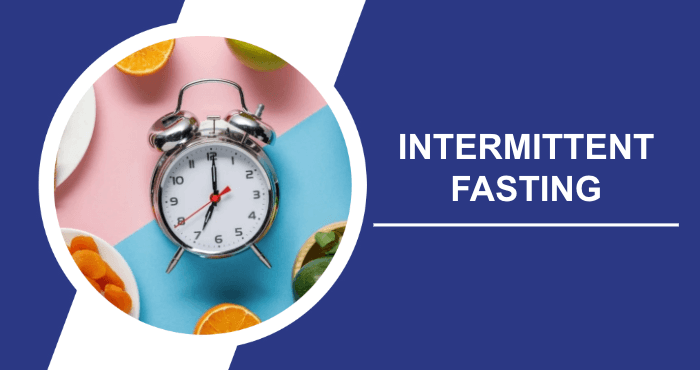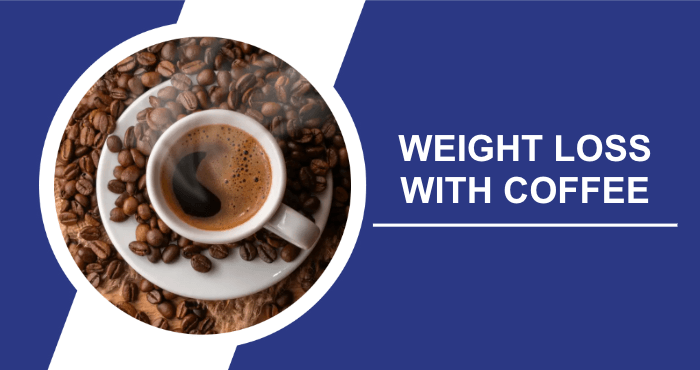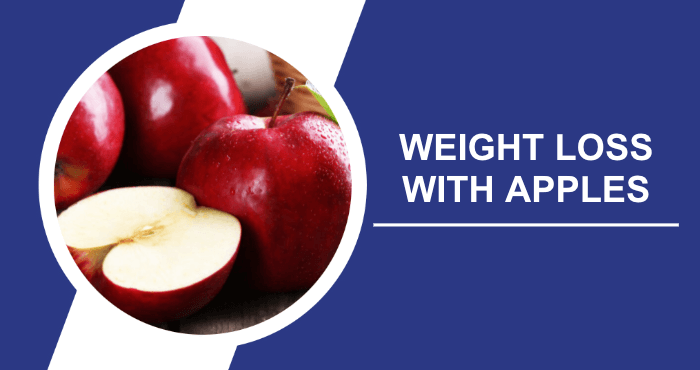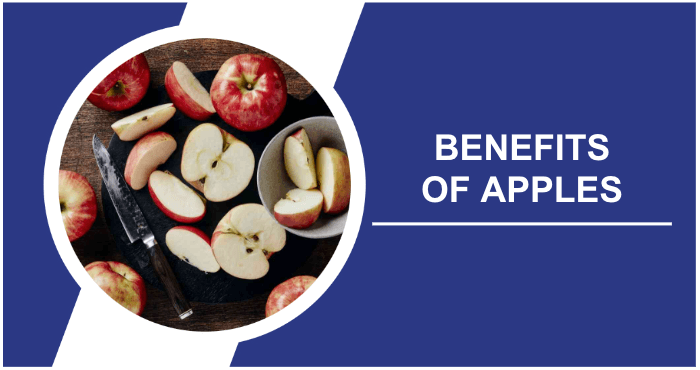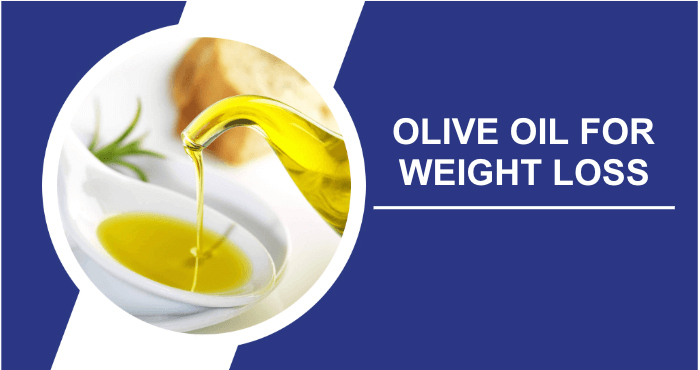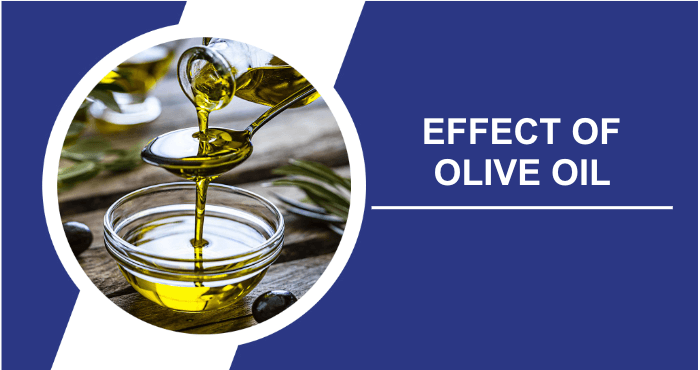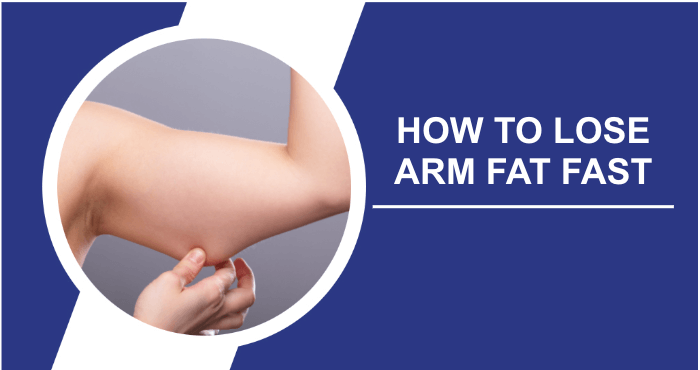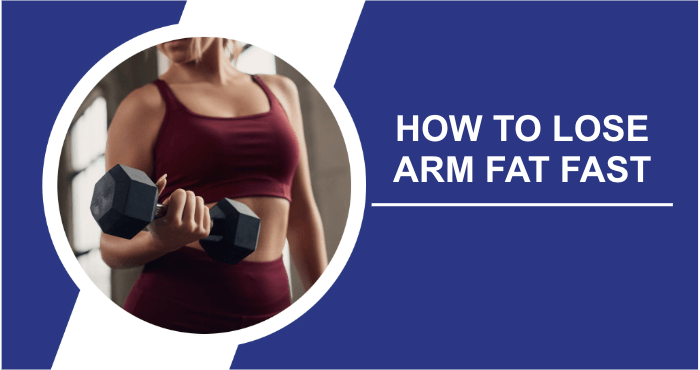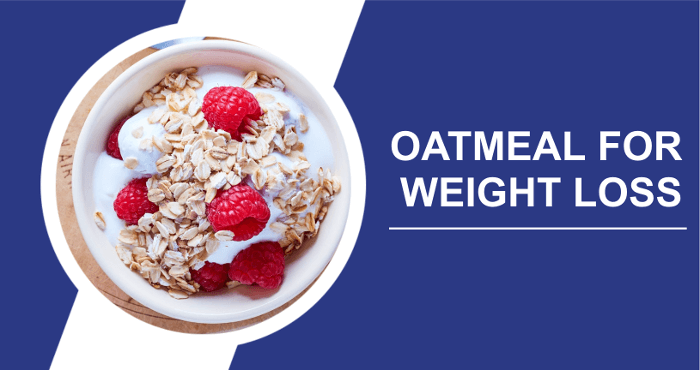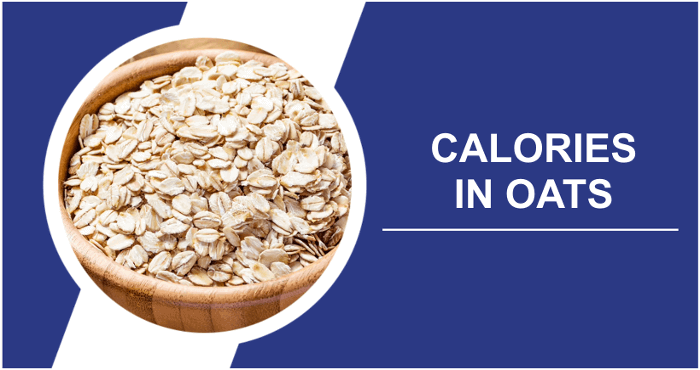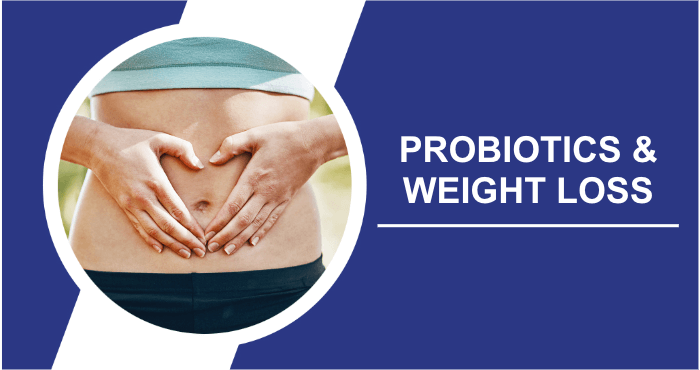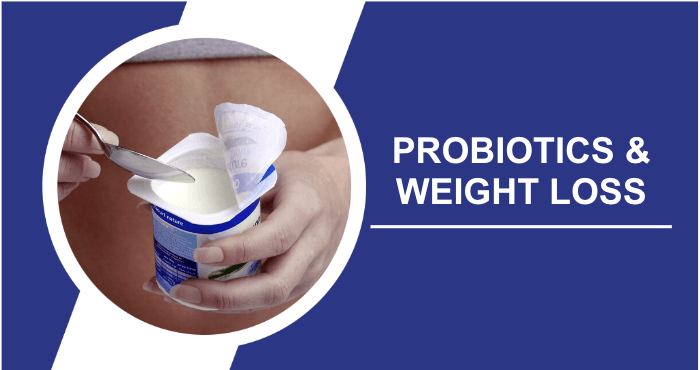Entering your 40s or experiencing menopause doesn’t have to be a doomsday scenario. Surprisingly the weight gain you may experience during this phase might not solely be attributed to your choices…
Factors like hormonal imbalances, muscle loss and even your genetic makeup all play a role in this process. However these challenges can all be addressed. Getting older is multifaceted. Achieving an optimal appearance and well being doesn’t have to feel like an overwhelming endeavor. Is it truly an impossible task to shed those extra pounds after turning 40?
How to lose weight after 40?
Here are top tips for losing weight after 40:
- Hiring a Certified Personal Trainer
- High-intensity interval training
- Stress Management and Breathing Exercises
- A Better Weight Management Diet
- More Physical Activity
- Increasing Fiber Intake
What Are Common Causes Of Weight Gain In General?
Weight gain is not solely determined by what we eat. Rather a combination of various factors. Our modern way of life characterized by unhealthy habits and a lack of physical activity can greatly contribute to those extra pounds. Additionally stress tends to find its way onto the scale as it often leads to emotional eating.
Lack of sleep can also disrupt our hunger hormones making us more susceptible to overeating. Furthermore genetics play a role in predisposing some individuals to weight gain easily than others. Therefore when the scale shows an increase in weight it’s usually not due, to just one cause but rather a complex interplay of these elements that impacts our waistlines.
Who Finds It Most Difficult To Lose Weight After 40?
Losing weight can be a bit more challenging for people once they reach the age of 40. As we get older our metabolism tends to slow down making it a bit tougher to shed those pounds. For women menopause brings changes that can lead to weight gain especially around the abdomen. On top of that our busy lives and family responsibilities often make it harder to prioritize healthy habits.
Additionally years of dieting and weight fluctuations can have a lasting impact on our bodys ability to lose weight easily. However it’s important to keep in mind that age is one factor among many. With determination a balanced approach and the right support system, in place anyone can achieve their weight loss goals—regardless of their age.
Looking For Ways To Lose Weight After Turning 40?
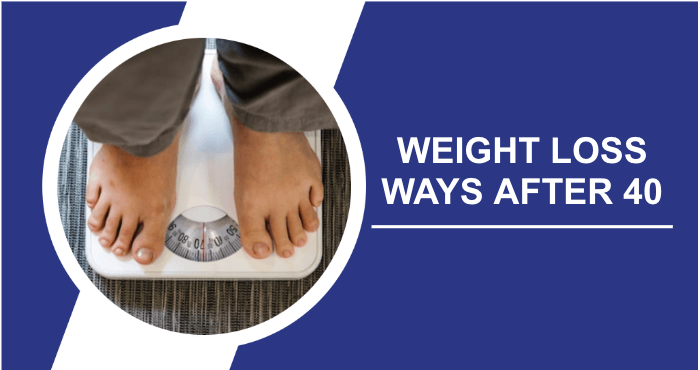
Here’s some good news; regardless of your age you can definitely achieve weight loss by adopting a lifestyle practicing mindful eating and engaging in regular exercise. The initial challenge is often getting started,. Once you take that first step you’ll be well on your way. Discover the effective healthy habits for shedding those extra pounds after reaching the age of 40!
Consider The Benefits Of Consulting With A Certified Trainer
If you’re not seeing the desired results it might be worth considering seeking guidance from an experienced professional if your financial situation allows for it. A certified personal trainer or registered dietitian can assist you on your weight loss journey by providing advice on reducing calorie intake and increasing calorie expenditure. How does this process work?
One crucial aspect of any exercise programs effectiveness lies, in your technique and motivation. While choosing to go may seem less intrusive or embarrassing these experts are trained to identify any obstacles that might be hindering your progress. Moreover remote personal trainers can be an option if you have a busy schedule or are unable to leave home for various reasons.
HIIT (High-intensity interval training)
Looking to amp up your fitness routine without making changes to your diet? Try cranking up the intensity during your workouts with high intensity interval training also known as HIIT. This approach is known for its ability to burn calories efficiently and deliver results. While HIIT workouts can be challenging they have been proven to reduce body fat, particularly around the midsection.
Adding resistance training to your routine can further enhance insulin sensitivity assist in managing blood sugar levels and even help control cravings. So if you’re looking for a way to boost your fitness journey consider giving HIIT a try. It’s not time efficient but also offers a range of benefits, for achieving your goals.
Stress Management And Breathing Techniques
Can Yoga Help with Weight Loss? While it may not be the method for burning calories engaging in stretching and breathing exercises regardless of the specific type of yoga you choose can have a positive impact on your overall well being and stress management. This impact can also extend to our weight by affecting our hormones and behavior.
When we experience relaxation and a sense of ease we are more likely to avoid eating and focus on what truly matters in our lives. Sometimes managing stress can be as simple, as dedicating a day to self care. Taking a bath sipping on a comforting cup of tea or enjoying a movie night can all contribute to the success of your weight loss journey regardless of your age.
Achieving Weight Management Requires Optimizing Your Diet
There’s nothing like the pleasure of indulging in a delicious meal. While occasional indulgence is fine it’s important to make mindful dietary choices to maintain a waistline. Establishing a organized meal preparation routine can make a significant difference especially if you have a busy schedule or family responsibilities.
This approach ensures that you always have nutritious options readily available and helps you steer clear of choices like frozen meals, sugary treats and fried foods packed with refined carbohydrates. For those with the luxury of time cooking daily is an option.
Prioritize incorporating protein, healthy fats and whole carbohydrates into each meal to stay satisfied and mentally sharp throughout the day.. When cravings strike, opting for nutritious snacks such, as yogurt, nuts, fresh fruit or chopped vegetables can provide a gratifying nibble without exceeding your daily calorie intake.
Get More Physical Activity
One of the ways to prevent weight gain is by increasing physical activity and maintaining a healthy calorie deficit. You don’t necessarily need a gym membership to incorporate exercise into your routine especially if you have family responsibilities or engaging hobbies that keep you active. If you’re not an athlete there are still plenty of options for low impact fitness classes like Zumba and spin classes as well as group activities like hiking.
These activities can provide joint friendly exercise options that contribute to your overall appearance and well being. Additionally everyday tasks such as housework and gardening can also get your heart rate up and help you lead a more active lifestyle.
While online fitness videos and virtual fitness enthusiasts can be sources of motivation and workout ideas you don’t have to become a fitness expert to burn fat. Even something simple as taking a walk or going for a jog, around your neighborhood can help build lean muscle when your metabolism naturally slows down with age.
Optimize Fiber Intake
Improving your health can be achieved by increasing the amount of fiber you consume daily. The advantages of boosting your fiber intake are significant. Have wide ranging implications. It doesn’t matter how old you are ensuring that you have fiber in your diet should be a priority for maintaining good health.
To support weight management and overall well being the American Heart Association recommends consuming at 25 to 30 grams of fiber each day. Research indicates that this dietary fiber can be obtained not from whole foods but also from supplements containing substances like psyllium husk. These supplements offer a way to increase the fiber content, in various items, including smoothies and baked goods.
Reasons Behind Weight Gain After Reaching The Age Of 40
Even if you’ve maintained a consistent lifestyle over the years it’s common to experience weight gain as you enter middle age. There are factors that contribute to this and not all of them are completely within your control.
Weight gain isn’t about storing more fat; it can also be related to changes in how weight is distributed and the tendency to lose muscle mass as you get older. These factors can make it challenging to maintain a healthy diet and lifestyle. In the following paragraphs we’ll explore the prevalent causes of weight gain in women once they reach their 40s. Some may be obvious while others might come as a surprise.
Menopause
Hormones and weight fluctuations after turning 40 are closely interconnected. Shifting hormones can have an impact on sudden weight gain. Research suggests that life transitions trigger changes that make individuals more prone to gaining weight, particularly around the midsection. This phenomenon is often attributed to a decrease in estrogen secretion for women and testosterone production, for men.
Genetic Composition
The role of genetics in the accumulation of fat and increased body mass during age cannot be overlooked. In fact researchers have identified close to 500 genes that are linked to obesity both in adulthood and later in life.
Some experts argue that in cases our genetic code may have a stronger influence on weight gain than our eating habits and fitness level. It’s not a hurdle to overcome but its certainly a factor that should be taken into consideration.
Changes in Lifestyle
As we approach age there is often a tendency to become more relaxed and take life easier. However this shouldn’t come at the expense of our well being. Middle age and the subsequent golden years should be filled with happiness and tranquility.
As mentioned earlier reduced physical activity can lead to a decline in muscle mass. This decline can further result in decreased physical activity levels sometimes without us even realizing it. Additionally with stable income and greater access, to food options it’s possible for us to develop more indulgent eating habits compared to our younger years.
A Slower Metabolism
As women reach the age of 40 and beyond their metabolism tends to slow down compared to when they were in their pre menopausal stage. This means that their bodies require fewer calories to function at rest which can lead to weight gain and a tendency to accumulate abdominal fat. These changes in metabolism are influenced by factors such as alterations in body composition including an increase in body fat and a decrease in muscle mass.
Changes In Body Composition
When it comes to managing weight it’s not about making changes to diet and physical activity. The natural decline, in our capabilities as we age including muscle loss and reduced neuromuscular signaling can make it more challenging to lose weight through exercise or even everyday activities.
Our behaviors naturally adapt to these changes. Adjust accordingly with our “new” bodies resulting in the burning of fewer calories than before. Therefore as we grow older it becomes important to consider methods that help maintain muscle mass in order to stabilize metabolism and manage weight effectively.
Are You Finding It Difficult To Lose Weight As You Get Older?
We completely understand your concerns. If you’re not happy with your body and feel the need for change we recommend taking a moment to evaluate the situation identify any underlying issues and consider seeking guidance from a professional if you’re unsure of what to do. Embarking on a weight loss journey can appear daunting from the outset.
However by focusing on consuming healthy meals leading an active lifestyle and cherishing moments of happiness with your loved ones you can begin your journey towards a healthier way of living. We firmly believe that if you genuinely give this approach a chance you will witness positive changes, in your life.
Are There Supplements That Can Help Lose Weight Over 40?
Sure when it comes to weight loss supplements after turning 40 it’s important to be realistic. While there isn’t a solution some supplements can be beneficial when combined with a healthy lifestyle. Omega 3 fatty acids, which are present in fish oil may assist with reducing inflammation and boosting metabolism.
Vitamin D plays a role, in maintaining muscle mass and regulating appetite. Probiotics can help maintain gut health, which can impact weight management. However it’s essential to consult with a healthcare before considering any supplements. Lets be honest; the effective approach is to follow a balanced diet and stay physically active regardless of age.
What Are The Possible Side Effects Of Weight Loss After 40?
Losing weight can have results especially when you’re over 40. However it’s crucial to be aware of side effects. Losing weight quickly can sometimes result in muscle loss and leave you feeling less energetic. Some individuals may also notice changes in their skins elasticity leading to sagging skin. To minimize these effects it’s important to take an sustainable approach to weight loss.
Additionally extreme dieting or excessive exercise can cause fatigue, mood swings and nutrient deficiencies. While aiming to pounds is a great goal it’s equally important to prioritize your overall health and well being by adopting a balanced and sustainable approach, to weight loss.
Conclusion
In the tapestry of life as we grow older new elements are. The patterns may shift, but ultimately, its up to you to shape the canvas. Managing weight after reaching 40 can be a puzzle influenced by genetics, hormones and lifestyle. However within this intricacy lies the beauty of adaptation the power to make choices and the potential for transformation.
As we navigate through the twists and turns of age we realize that good health is not just a destination; it’s an ongoing journey. It’s never too late to start on a path, towards well being. Embrace the chapters in your life as they offer the promise of a vibrant and fulfilling existence regardless of your age.
Frequently Asked Questions
Why does it feel more challenging to shed pounds once we reach our forties?
As we age our metabolism naturally slows down and hormonal shifts like menopause can impact how our body stores weight. However don’t let that discourage you! With some lifestyle adjustments you can still make progress.
Is it possible to build muscle and boost metabolism during midlife?
Absolutely! By incorporating resistance training and staying physically active you can even increase your muscle mass, which in turn supports a healthier metabolism.
How important is a balanced diet for managing weight after the age of 40?
A balanced diet plays a crucial role. It’s essential to focus on rich foods, lean proteins, healthy fats and fiber to maintain a healthy weight and overall well being.
Do you have any tips for staying motivated throughout this weight management journey?
Discover activities that bring you joy and set realistic goals. Celebrate the smallest victories along the way. It’s also helpful to surround yourself with a community that provides encouragement and holds you accountable.
Can I embark on this weight loss journey without guidance?
While professional guidance can be helpful it is not mandatory. You can start by making sustainable changes in your routine and gradually build upon them as they work best for you. However seeking advice, from a healthcare professional is always recommended.
Resources
- Kim, J.Y. (2021). “Optimal Diet Strategies for Weight Loss and Weight Loss Maintenance.” Journal of Obesity & Metabolic Syndrome, 30(1), pp. 20–31. doi: Link.
- Boutcher, S.H. (2011). “High-Intensity Intermittent Exercise and Fat Loss.” Journal of Obesity, 2011, pp. 1–10. doi: Link.
- Howarth, N.C., Saltzman, E., and Roberts, S.B. (2009). “Dietary Fiber and Weight Regulation.” Nutrition Reviews, 59(5), pp. 129–139. doi: Link.
- Karvonen-Gutierrez, C. and Kim, C. (2016). “Association of Mid-Life Changes in Body Size, Body Composition, and Obesity Status with the Menopausal Transition.” Healthcare, 4(3), p. 42. doi: Link.
- St-Onge, M.-P. and Gallagher, D. (2010). “Body composition changes with aging: The cause or the result of alterations in metabolic rate and macronutrient oxidation?” Nutrition, 26(2), pp. 152–155. doi: Link.
- Keller, K. and Engelhardt, M. (2014). “Strength and muscle mass loss with aging process. Age and strength loss.” Muscles, ligaments and tendons journal, 3(4), pp. 346–350. Available at: Link.
- Morrison, S. and Newell, K.M. (2012). “Aging, Neuromuscular Decline, and the Change in Physiological and Behavioral Complexity of Upper-Limb Movement Dynamics.” Journal of Aging Research, 2012, pp. 1–14. doi: Link.
- Gabrielli, A.P., Manzardo, A.M., and Butler, M.G. (2017). “Exploring genetic susceptibility to obesity through genome functional pathway analysis.” Obesity, 25(6), pp. 1136–1143. doi: Link.
